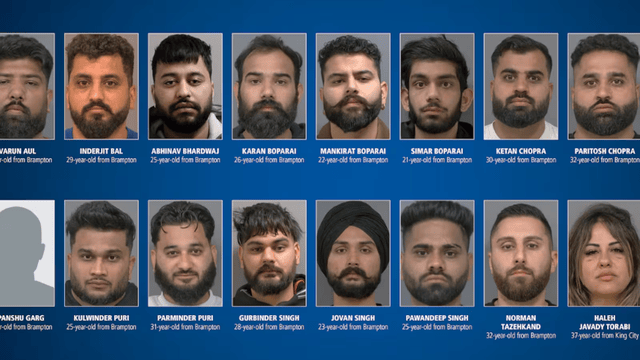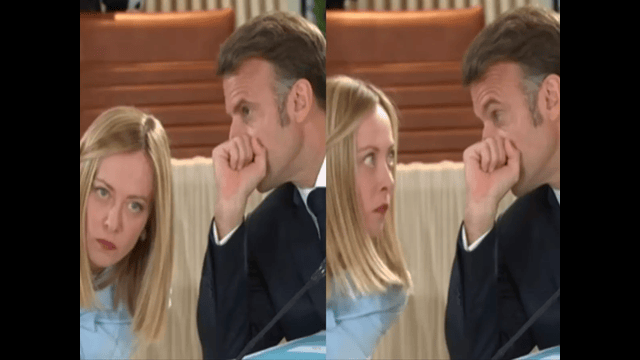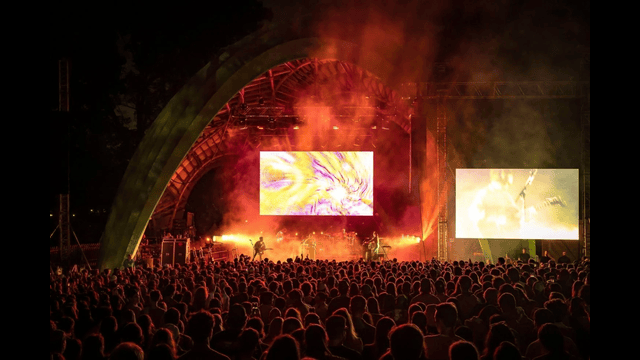
A photo shared by the European Space Agency shows its large 35-meter-wide antenna, DSA-2, in Cebreros, Spain. This powerful dish was used to pick up the first signals sent from the Venus Express mission. AP
Johann Strauss II’s famous waltz, The Blue Danube, is going where no waltz has gone before. To celebrate the 200th birth anniversary of the legendary composer, the classical piece will be launched into space on May 31. The event also marks 50 years since the founding of the European Space Agency (ESA).
A Starry Celebration with Music
The Vienna Symphony Orchestra will perform the iconic waltz live. While the music plays on Earth, a pre-recorded version will be sent into space as radio waves. ESA made this decision to avoid technical glitches that might occur with live transmission.
People in Vienna, Madrid, and New York can join in the celebration through free public screenings. These cities will livestream the performance as it happens, making the moment feel global.
Music at the Speed of Light
The waltz will travel at the speed of light — about 670 million miles per hour. In just 1.5 seconds, it will pass the moon. In a few minutes, it will reach Mars, and in 37 minutes, it will fly past Jupiter. After four hours, it will be beyond Neptune. Within a single day, the signal will have traveled as far as NASA’s Voyager 1, the farthest human-made object in space.
Music and Space: A Shared History
This is not the first time music has left Earth. In 2008, NASA sent the Beatles’ “Across the Universe” into deep space. More recently, in 2023, Missy Elliott’s song “The Rain (Supa Dupa Fly)” was sent toward Venus.
In 2012, NASA’s Mars rover Curiosity played will.i.am’s “Reach for the Stars,” which had been transmitted to Mars and then sent back to Earth.
But these are deep-space broadcasts. For decades, NASA has sent music between Mission Control and astronauts on the International Space Station. However, this kind of symbolic space music event is something special.
A Long-Overdue Tribute
Strauss’ Blue Danube was famously featured in the movie 2001: A Space Odyssey. Despite this, the piece didn’t make it onto the Voyager Golden Records sent into space in 1977. These records carried music from Earth, including works by Bach, Mozart, and Indigenous cultures. Carl Sagan led the team that made those choices.
Now, nearly 50 years later, Strauss finally gets his moment among the stars.
The Journey Starts in Spain
A large radio antenna in Spain, part of ESA’s deep-space network, will transmit the signal. The antenna will aim toward Voyager 1, the most distant spacecraft from Earth. This way, The Blue Danube will move in the same direction as Voyager, heading deep into the cosmos.
A Message Through Time and Space
“Music connects us all through time and space in a very particular way,” said ESA’s Director General Josef Aschbacher. “The European Space Agency is pleased to share the stage with Johann Strauss II and open the imaginations of future space scientists and explorers who may one day journey to the anthem of space.”















